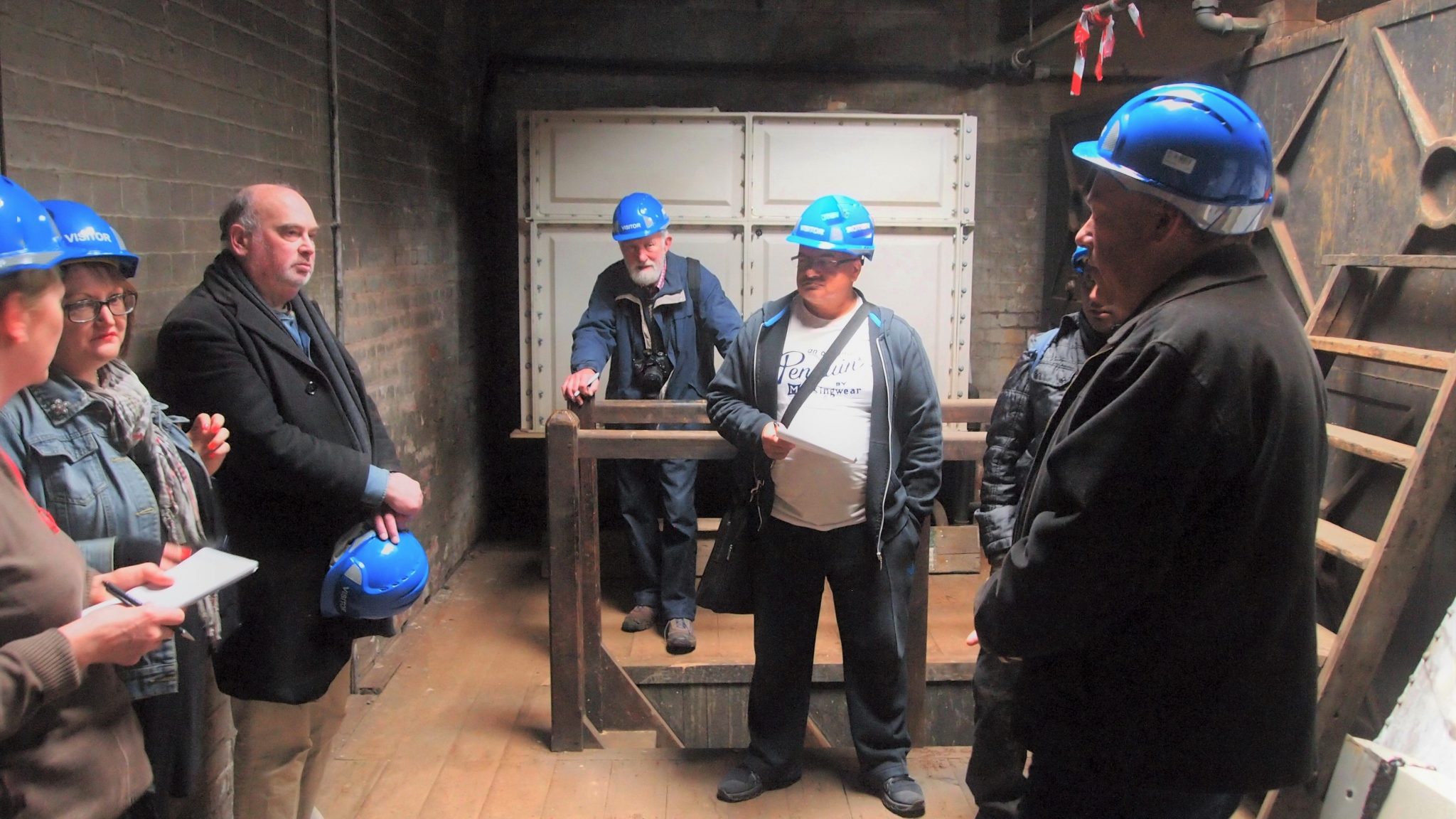As concern for the environment mounts, more and more organisations are having to adapt their operations to become more sustainable. This can affect different organisations in different ways – and poses particular challenges for those using heritage buildings, many of which are passing into community ownership. Phil Beardmore, associate at Sustainability West Midlands, looks at ways they can improve their energy use.
In a heritage building, we need to start with those actions that reduce demand for energy and water.
This means that we avoid using gas, electricity and water if it isn’t needed, by turning things off when they aren’t in use, or turning them down. This simple starting point is often overlooked in favour of more glamorous measures such as solar panels and heat pumps. Demand reduction measures are usually more cost-effective, and can give substantial energy and water savings for little or no cost. The most sustainable energy of all, is the energy that we don’t use.
The next step in what we call the “energy hierarchy” is to control the rate at which energy is used. This involves preventing heat loss, having more efficient appliances, and having more effective appliance controls.
In a heritage building, preventing heat loss can be difficult, because their listed status may mean that you can’t easily insulate the walls or roofs, or improve the glazing, using conventional methods. There is guidance from Historic England on heat loss prevention measures such as secondary glazing and insulation.
While preventing heat loss in a heritage building is often difficult, their age means that they often have very old heating appliances, and in the case of swimming pools, filtration pumps and air conditioning systems. Often it is these appliances that use the lion’s share of the heat and electricity in a heritage building.
Replacing heating systems, heat exchangers, air conditioners, and filtration pumps is therefore a major opportunity. It can be expensive but cost-effective in terms of fuel savings and reduced carbon dioxide emissions. In many heritage buildings there are old systems of hot water or steam pipework to distribute heat around the building, which may leak, wasting valuable heat. Any leaks should be repaired straight away, and pipework should be lagged if it isn’t already.
In heritage swimming pools, it is often incorrect setting of the temperature differential between the water in the pool, and the air above the pool, that leads to excessive use of gas for heating and also to evaporation of water.
Related: Harnessing technology to build heat-sharing co-ops
Setting the temperatures at the right level, as recommended by Sport England, and having the right differential between pool temperature and air temperature, will reduce not only the amount of heat needed but also evaporation of water from the pool. A pool cover is a very effective energy and water saving measure for a heritage swimming pool.

Heritage buildings often have old and inefficient light fittings. LED light fittings are easily available now for any situation, and usually have a short return on investment, especially in areas where there is little daylight or where lights are in use for long periods. In areas where lighting may only be needed intermittently, such as bathrooms, then motion sensors are a cost-effective way to control costs.
Water waste is an often hidden and overlooked way in which heritage buildings can run up high utility costs, and fuel costs to heat and pump water. Many heritage buildings have old water using appliances in kitchens and bathrooms. Simple water saving measures to control the flow of water from taps, showers and in toilet and urinal flushing can have a very short return on investment.
Some heritage buildings will have a history of abstracting groundwater through boreholes, and in some cases bringing boreholes back into a use can be an option, depending on water quality and public health issues.
As government-backed subsidies for renewable energy are in decline, then renewable energy installations only really make sense in situations where there is very high demand for electricity. Solar electricity is rarely viable in the current financial environment, although within the next few years as the price of electricity rises and the cost of battery storage falls, solar electricity will become viable again.
At the moment, unless your building is using 40,000 kWh of electricity a year, then solar electricity is unlikely to be cost-effective. If your heritage building has high demand for heat, then renewable forms of heat such as air source heat pumps and occasionally biomass, are worth considering, especially if mains gas is not available to your building. Biomass projects need a lot of work due to the planning issues involved.
Investment in energy and water efficiency can help co-operatives and social enterprises who own and manage heritage buildings to manage running costs and ensure budgetary certainty into the future, in a sustainable way. Such investment can represent a strong business case to funders and shareholders who are taking a long-term view of the financial health of a heritage building.